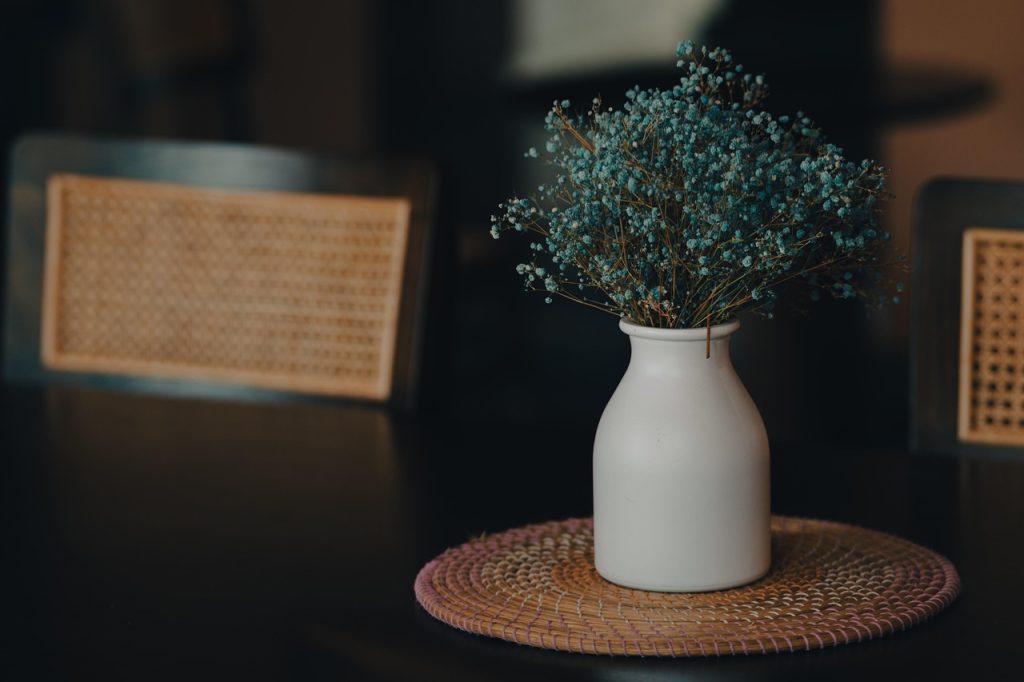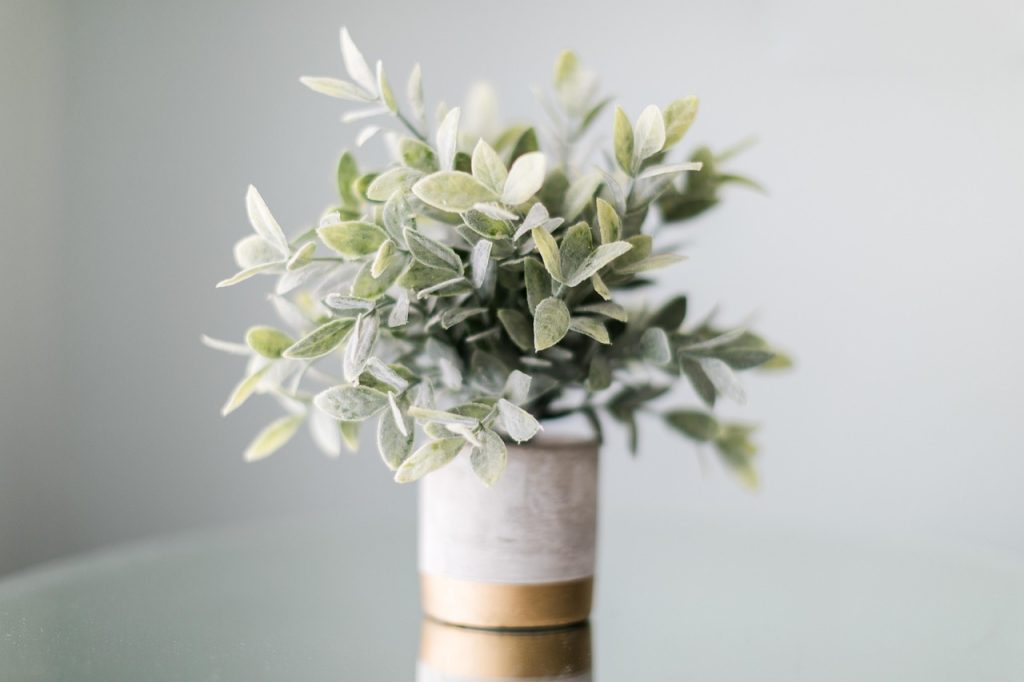Imagine walking into your home after a long day at work, and being welcomed by the lush, vibrant Magic of indoor plants. Not only do these green companions beautify your space, but they also purify the air, reduce stress, and can even boost your productivity. In this detailed guide, we’ll dive deep into the world of indoor plants, exploring everything from the best plants for beginners to tips for their care and the incredible benefits they bring into our lives.

Choosing the Right Indoor Plants for Your Home
Selecting the perfect indoor plants for your space involves considering the light, temperature, and humidity of your home. Each plant has unique requirements and benefits, so let’s explore some popular options that cater to different environmental conditions and care levels.
Best Plants for Low Light Conditions
If your home doesn’t bask in abundant sunlight, fear not. Plants like the Peace Lily, Snake Plant, and ZZ Plant thrive in low light conditions. These resilient greens are not only easy to care for but also excellent at purifying indoor air.
Plants for High Light Environments
For spaces flooded with sunlight, succulents, cacti, and the Fiddle Leaf Fig make great choices. These plants adore the sun and, once settled, require minimal watering, making them perfect for sunny spots and busy plant owners.
Humidity-Loving Tropical Plants
If you’re aiming to create a tropical oasis, consider species like the Areca Palm, Boston Fern, and Orchids. These plants thrive in moist environments, making them perfect for bathrooms or kitchens where humidity levels are higher.
Caring for Your Indoor Plants
While it’s exciting to choose plants, ensuring they thrive requires some know-how. Here, we cover the basics of plant care including watering, feeding, and the common pitfalls to avoid.

Watering and Feeding
Watering is often where most plant owners stumble. The key is understanding the watering needs of each plant. For example, succulents require infrequent watering, whereas tropical plants might need watering multiple times a week. Similarly, feeding your plants with the right fertilizer can promote healthy growth. An all-purpose, water-soluble fertilizer works for most indoor plants, applied every few weeks except in dormant winter months.
Pruning and Maintenance
Regular pruning not only keeps your plants looking great but also encourages healthier growth. Remove any yellowed leaves or overgrown branches to maintain aesthetic and health. Dusting the leaves not only improves appearance but also enhances photosynthesis and plant health.
Dealing with Pests and Diseases
Pests and diseases can be a real challenge for indoor gardeners. Keep an eye out for signs like sticky residue or discolored leaves, which might indicate an infestation. Natural remedies such as neem oil or insecticidal soap can be effective treatments for common pests like spider mites or aphids.
Benefits of Having Indoor Plants
The benefits of incorporating plants into your home extend far beyond their visual appeal. Here are key advantages that make getting indoor plants a worthwhile decision.
Improving Air Quality
Plants are nature’s air purifiers. Species like the Spider Plant and Boston Fern are known for their ability to absorb toxins such as formaldehyde and xylene from the air, making your home healthier.

Enhancing Mental Health
Multiple studies suggest that indoor plants can lower stress and enhance productivity, making them perfect companions in both living and workspaces. The simple act of tending to a plant can be a meditative practice, helping to alleviate daily stress.
Boosting Aesthetics and Creativity
Beyond health benefits, plants can transform the look and feel of your space. They can also spark creativity, as natural elements are known to inspire and soothe the mind. Whether it’s a colorful Croton or a sculptural Monstera, each plant adds a unique touch to your decor.
Styling Your Home with Indoor Plants
Integrating plants into your home decor can be as exciting as it is rewarding. Here are some creative ways to display your plants for maximum impact.
Using Plant Stands
Plant stands are a great way to elevate your plants and make them a focal point in any room. They come in various heights, which can help create visual interest and layers in your plant display.
Hanging Baskets
Hanging baskets are not only space savers but also add a charming element to your home’s ambiance. Ferns and trailing plants like Pothos look stunning cascading down from baskets.
Terrariums for Small Spaces
If space is limited, consider creating a terrarium. These mini-gardens can house small plants like mosses, air plants, and succulents, and can be a unique centerpiece for a table or shelf.

Conclusion: Bringing Nature Indoors
Indoor plants offer a refreshing slice of nature right in our living spaces. Whether you’re a seasoned plant parent or a newbie, understanding the right types of plants for your home environment, mastering basic care techniques, and being aware of the benefits can enhance both your home and well-being. Embrace the joy of indoor gardening and let the serene beauty of plants transform your space and spirit.
Frequently Asked Questions About Indoor Plants
Some of the easiest indoor plants that require minimal care include the Snake Plant, ZZ Plant, and Pothos. These plants are forgiving and perfect for beginners.
Watering frequency depends on the type of plant, the environment, and the season. A general rule is to check the topsoil; if it’s dry, it’s time to water. Always ensure the pot has good drainage to prevent root rot.
Yes, many indoor plants such as Spider Plants, Peace Lilies, and Boston Ferns have been shown to absorb toxins and improve air quality, making them beneficial for indoor environments.